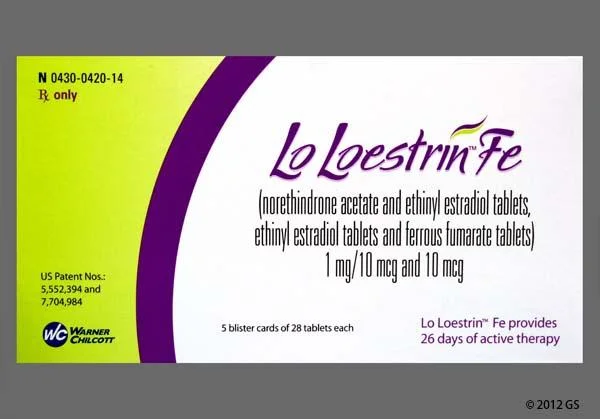Fitbit Versa 3 test
After the Fitbit Sense, it is the Fitbit Versa 3 that found its way to the editorial staff of the Digital. And this, perhaps, thanks to its integrated GPS which constitutes the main novelty of this tocante. Here are the results of our test.
The Fitbit Versa 3 was presented during the summer of 2020, along with the Fitbit Sense, the most premium watch of the new batch released by the company. The Versa 3 thus separates itself from some functions attributed only to the most premium of the brand’s watches, such as the electrocardiogram or the scan of the electrodermal activity, but still offers a nice evolution compared to the Versa 2. Thus, this time it incorporates a very practical GPS for a watch that can be used outdoors without a smartphone now. The physical button gives way to a haptic button, but there is a rectangular case, and an appreciated Oled screen. The watch is marketed at a price of € 229.99.

Ergonomics and design
The Versa 3 could easily be dubbed Sense light. The Fitbit watch is literally identical to the Sense, down to its dimensions (40.48 x 40.48 x 12.35 mm). That’s a bit longer than those of the Versa 2 (39.95 x 39.84 x 12.15 mm), which also translates into the passage of a screen from 1.39 to 1.58 inches. It takes advantage of an aluminum case that houses a single button with haptic feedback on the left edge. And let’s say it right away, we would have much preferred a classic clickable button since we are never really sure to have pressed it.
At the front, the Oled screen is housed once again under a Gorilla Glass 3. Finally, the back of the case offers various optical sensors, such as the heart rate monitor and the one dedicated to the calculation of blood oxygenation. We also find the four magnetic components allowing recharging, thanks to the proprietary base supplied with the watch. The Fitbit Sense has enough to carry out an electrocardiogram, as well as body temperature sensors.
When Fitbit says its case is waterproof up to 50 meters, understand that it can withstand a swim, but a 10m dive should be avoided. Moreover, navigation on the screen when it is wet is practically impossible. The silicone strap offers an unusual but nevertheless effective attachment system. It is comfortable to wear, adapts to all wrist sizes, and does not irritate the skin, even when wet. It is also interchangeable.
Application
The Versa 3 syncs with the Fitbit app available on Android and iOS. Then again, the app was largely dissected when testing the Sense.
The Fitbit app offers a complete view of the data collected, almost too much, and you quickly get a little lost as there are things displayed on the screen. However, health data is generally stored in the “Today” tab, the others being used only occasionally.
You should also know that Fitbit works with a premium subscription system allowing access to more data or relaxation and meditation exercises. An offer that costs € 8.99 per month.
Interface
The interface of this watch is similar to that of the Fitbit Sense and therefore attracts the same comments. Do not hesitate to consult the Sense test to find a more substantiated review of this part.
Overall, we regret a lack of fluidity in the display of this Versa 3, which lights up a little when it sees fit, or with a few seconds of delay. The haptic button doesn’t help in finding this responsive interface either, and even the layout of the screens isn’t entirely clear. We find ourselves quite regularly not knowing in which direction to slide to perform an action. In short, the Versa 3 isn’t the nicest smartwatch to use.
Uses and precision
As on the Sense, the heart rate monitor offers quite decent performance. During gentle jogging, the margin of error is less than 10% compared to a Polar H10 chest strap, which represents our yardstick. On a running trip, the average HR measured by the watch is about 153, compared to 163 on the H10. On an interval training session, the Sense is able to follow the overall variations in heart rate, which is not given to all watches, but here too there is a difference of around 20 bpm between the two products. A less satisfactory result, even if the whole is quite consistent.
The sleep monitoring offered by Fitbit is one of the most relevant on the market, despite some hiccups already mentioned in the Sense test. However, we find our way there, and we appreciate having so many details within the application: light sleep, deep sleep, paradoxical sleep. In addition, the app provides interesting explanations on these phases, and we appreciate the detail of the awakening phases, frankly relevant and very little offered elsewhere. Obviously, this is also why the watch is more sensitive to nocturnal movements which can give false positives in terms of waking up or activities.
During teleworking, it is also not uncommon for the watch to start a walking activity because our arm is moved too regularly; and to end up with an activity launched for 2 h 30 min without asking anything. This too great sensitivity comes at a cost in terms of autonomy, moreover, since it puts the various sensors into activity. We also note that it sometimes takes a long time before a GPS signal is fixed, which can slightly distort your sports readings.
Some Sense sensors are missing here, starting with the body temperature sensor, or the ECG sensor. Finally, remember that these watches (Sense and Versa 3) allow menstrual cycles to be monitored. It is thus possible to establish a calendar and to receive notifications concerning periods of fertility or the beginning of menstruation.
Autonomy
The Versa 3 is supposed to last about 6 days on a charge, but the practice is a little less exciting than the theory. In reality, at the rate of 2 sports outings per week, and knowing that some sessions are started by mistake, we end up with 4 to 5 days of autonomy. It is therefore one of the well-connected watches in terms of autonomy but remains very far from the 20 days offered by some. But it must be said that it offers a high-quality display.
For recharging, count less than 2 hours to restore 100% of autonomy to the watch.



